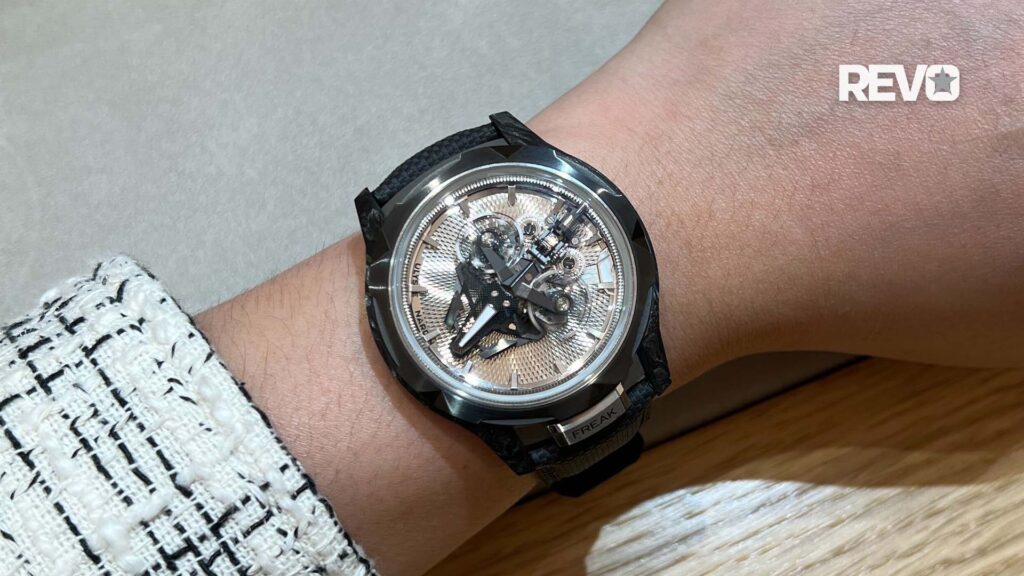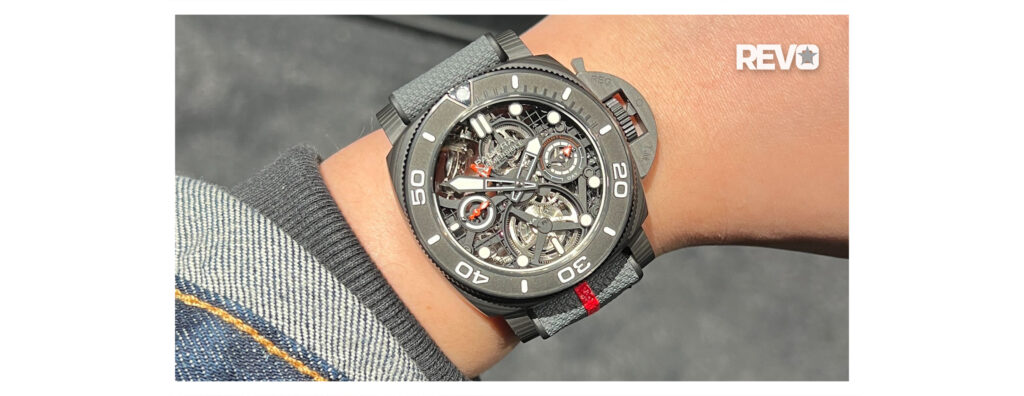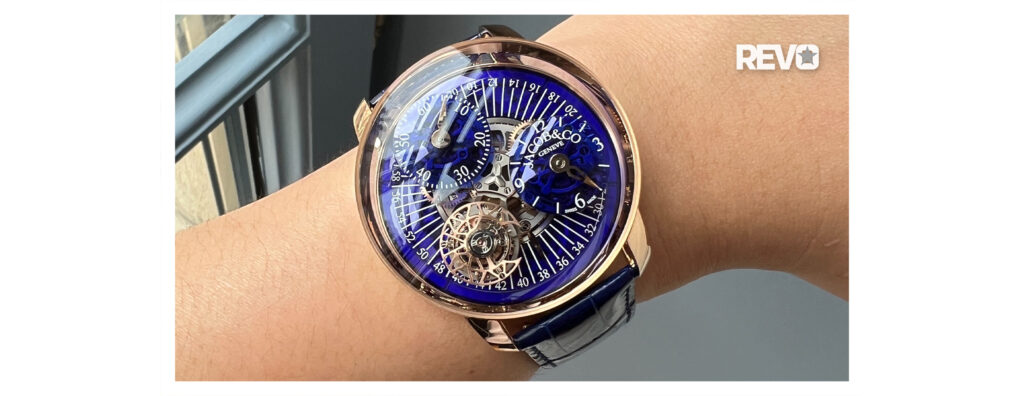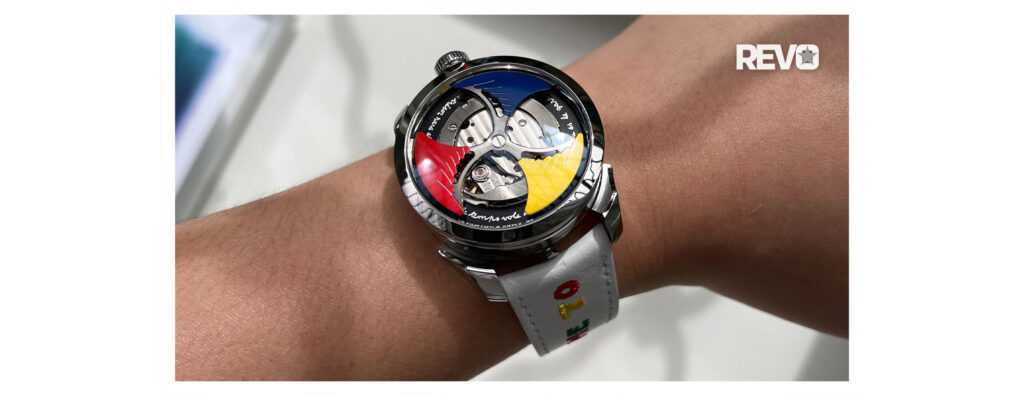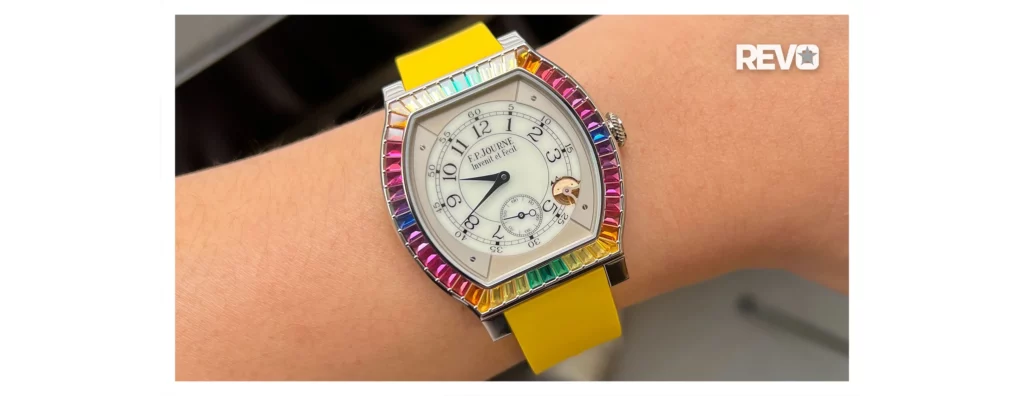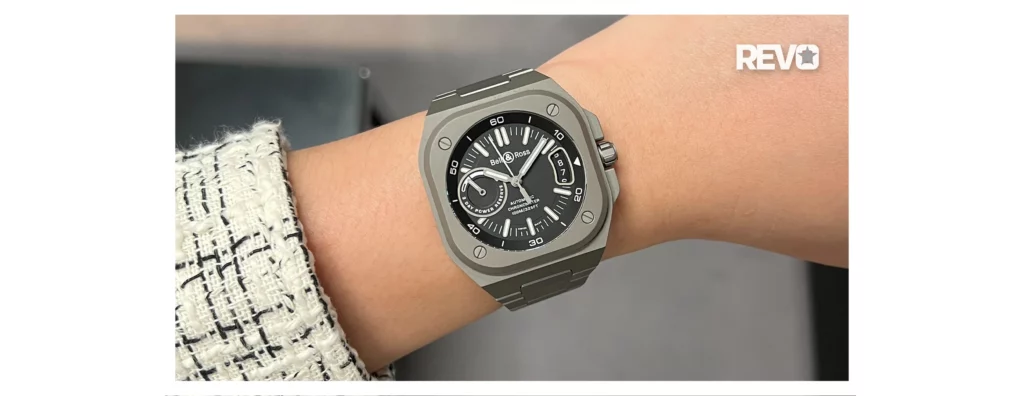Personalities
Silver Resurgence : The Black Bay Fifty-Eight 925
And that begs the question—well, two really: what’s so good about silver, and why did we stop using it? First, what’s so good about it is that it is the most reflective metal in the world. That may sound counterintuitive, because for the most part we imagine silver to be a dull, tarnished metal—but that’s not quite what’s meant by reflective.
Take steel, for example. Shine a pure white light at it and some will be absorbed and some will be reflected, returned back to your eyes for you to see. As much as 40 percent of that light will have gone, leaving the dim grey that we’re all familiar with. Silver, however, will return 95percent of that light, giving it more of a whitish, ethereal glow.
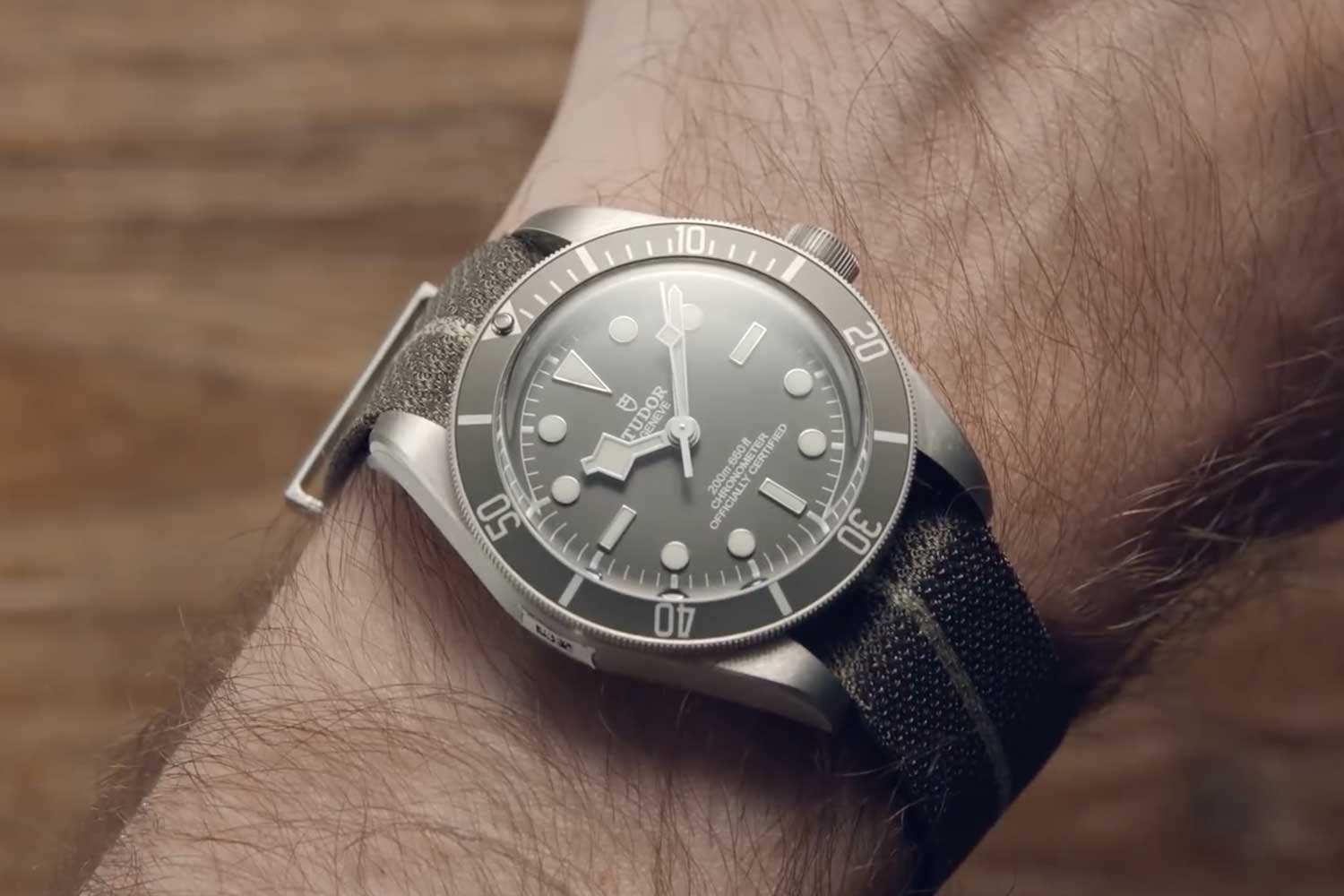
The Tudor Black Bay Fifty-Eight 925 is made in sterling 925 silver.
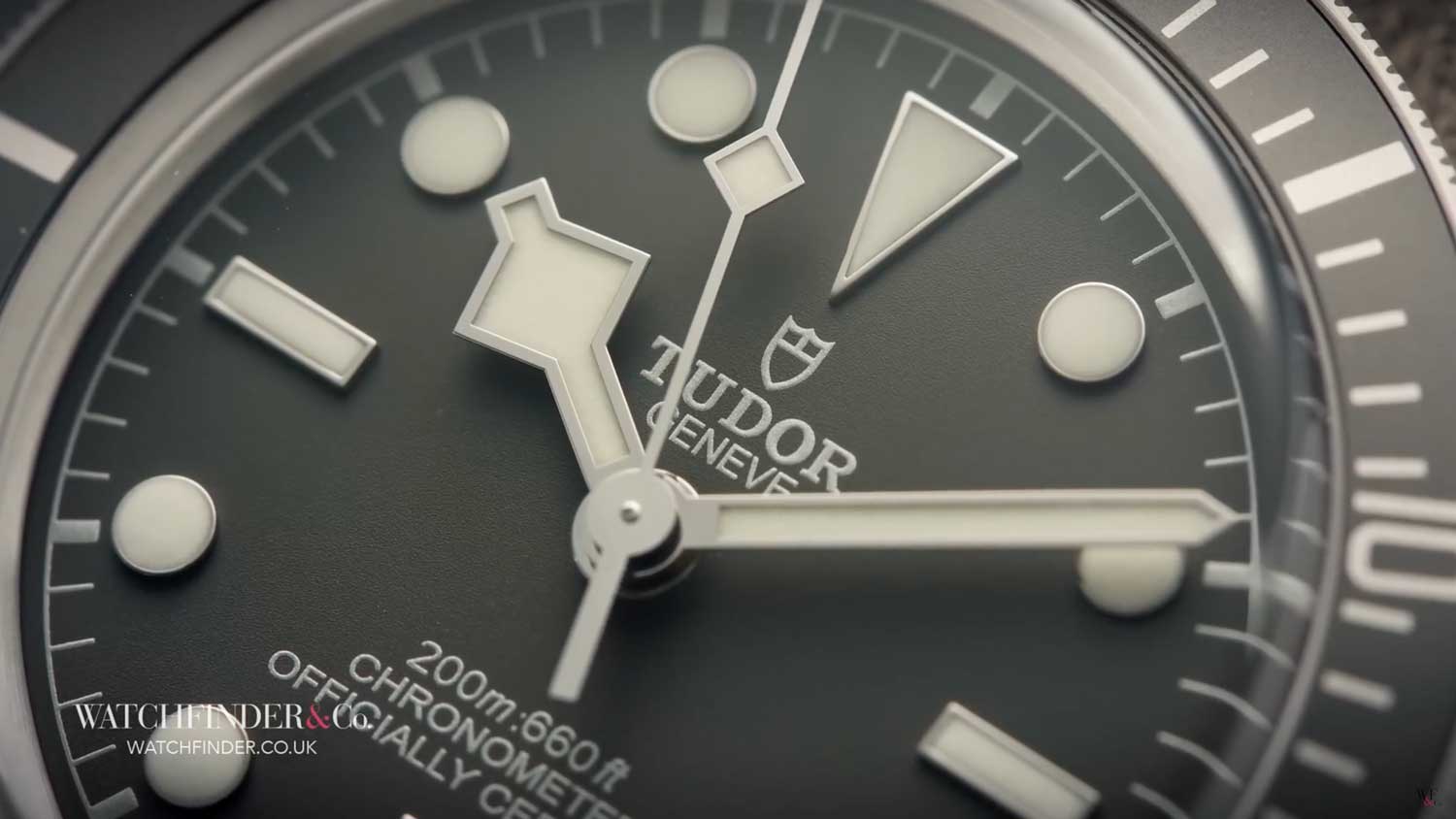
The Black Bay Fifty-Eight 925 features a unique taupe colouration for the dial and bezel.
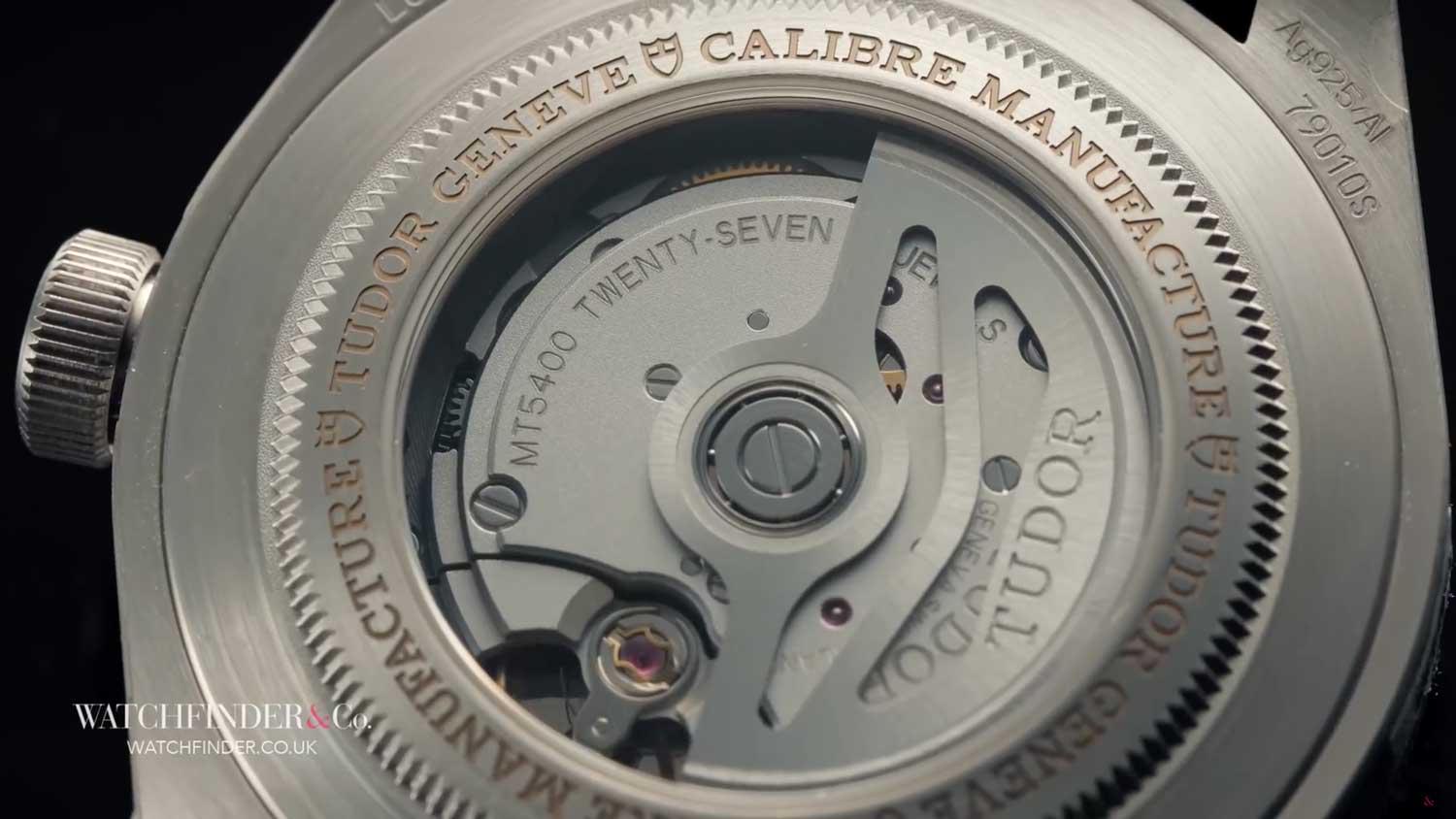
The watch is powered by a new calibre, the MT5400, visible through the open display caseback.
Tarnishing can be desirable in some watches. Take bronze, for example, a metal favoured by sea-faring vessels for its ability to resist corrosion. If you were to ever see a ship’s propellor made of the stuff, you might disagree, because on the surface it appears that the bronze has indeed corroded. But that’s the magic of it: it forms a protective layer that prevents what’s underneath from deteriorating.
Turns out, this protective surface layer that grows and evolves over time can be rather aesthetically pleasing. A bronze watch, brand new, shiny and clean, changes every single day, and that evolution of the patterned protective layer becomes a distinct and attractive part of its appeal.
For silver, however, that really goes against what the material is all about, what makes it special. No point being the brightest metal in the world if it’s covered in a dark layer of tarnish! And silver really can end up looking grimy. It’s not quite the same as the organic, interesting bronze—it just looks, well, dirty. And nobody wants a dirty watch.
It’s reasonable, then, that watches haven’t been made of silver, really, since the introduction of stainless steel. More or less the same hue, doesn’t tarnish, more resilient to knocks—the brightness of silver can’t quite hold a candle to all those practical benefits. Unless a plucky company under the Rolex umbrella with the resources to develop new and exciting alloys comes up with something else…
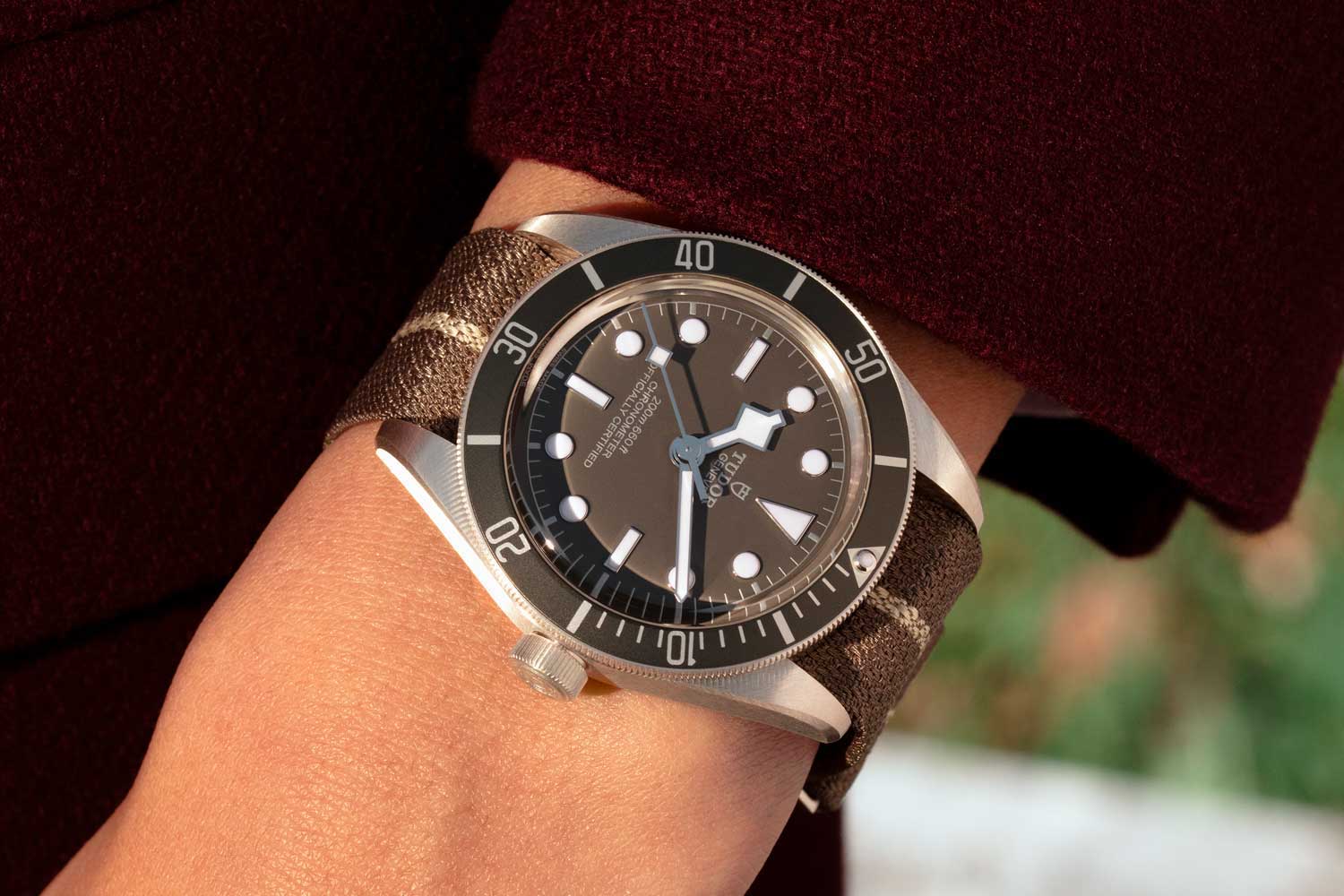
Tudor’s trendy Black Bay Fifty-Eight 925 has the potential to usher in the resurgence of silver in watchmaking.
If Tudor really has developed an alloy of silver that resists tarnishing, that keeps its brightness—and it is bright, the Latin argentum that gives silver its chemical symbol Ag literally translating as “shiny”—then we could be seeing a resurgence of this once great precious metal in watchmaking. Given the price of gold and—heaven forbid—platinum, it bridges the gap between its workaday steel cousin and the lofty premium models.
There’s talk in the air about Tudor being the trendy, younger sibling of a more conservative Rolex, and given the last time I saw silver was in my granny’s kitchen, that this Black Bay Fifty-Eight 925 makes the metal desirable once more only goes to give credence to that sentiment. Added to that a dose of technological know-how to iron out silver’s biggest wrinkle and what we’re looking at here is not just a gimmick, but a genuine, bona fide first. Looks like silver’s got its mojo back.




